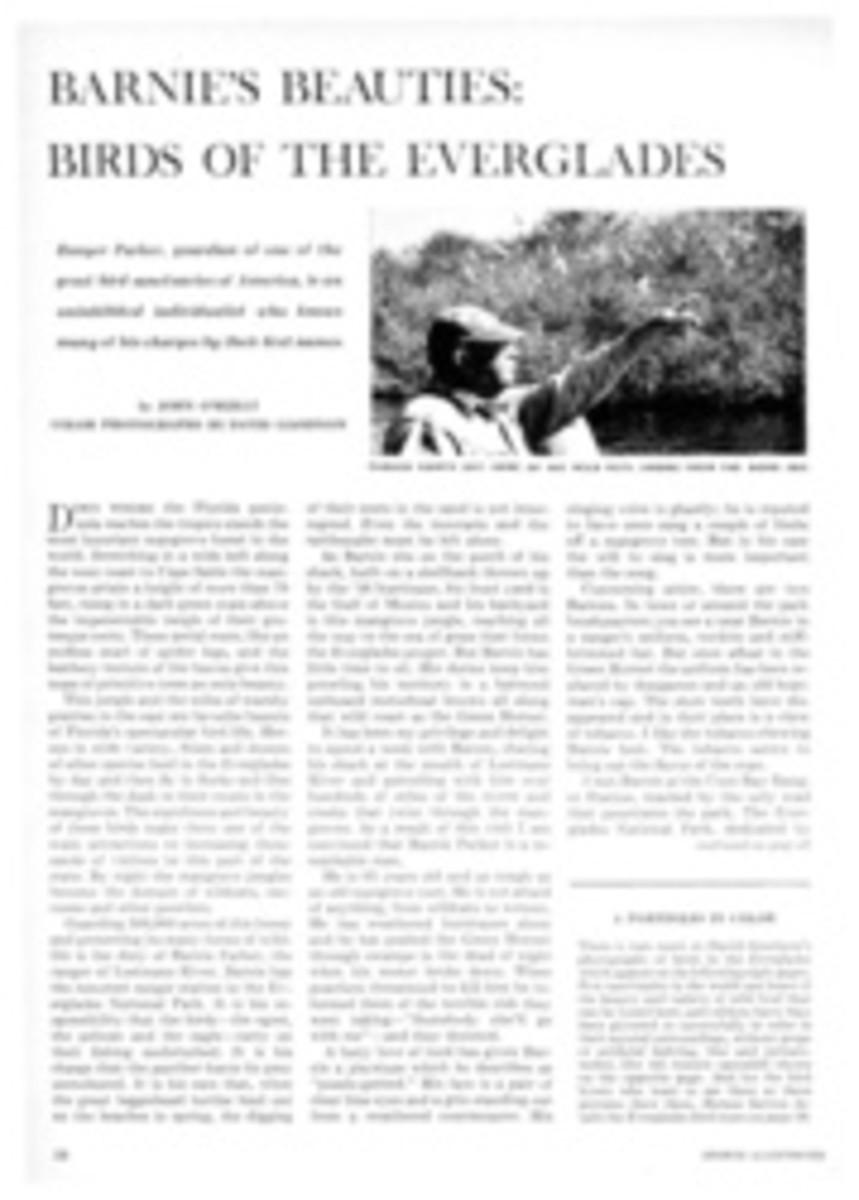
DOWNHILL RACING NEED NOT BE CONFINED TO DAREDEVILS. THERE ARE WAYS OF MAKING IT VALUABLE EXPERIENCE FOR ADVANCED SKIERS
If you like to ski fast, are in good condition and have reached an advanced level of technique, there is no reason why you should not try downhill racing. In fact, there is good reason why you should: it will improve your skiing.
Downhill racing can be dangerous, but so can recreational skiing. It's a question in either case of staying within the limits of your ability and fitness. Don't race out of your class.
A downhill course, unlike a slalom course, may be run many times for practice. Ski the course slowly at first, noting the location of fast and tricky places. Practice until you find out just how fast you can take these hard spots safely.
Try to memorize the entire course, keeping in mind exactly how you plan to take each turn, where you must check and how you are going to ride each set of bumps. Watch other racers practicing on the trail. You can learn much from their good judgment or lack of it.
Seven-foot three-inch skis are usually best for downhill, regardless of your size. They are steadier and faster than a shorter ski.
It is a good idea to use one of the better safety bindings during practice, switching to a racing binding for the race itself. The racing binding gives the firmest possible connection between boot and ski.
Exercise a bit before the start of the race, and take a number of deep breaths while you are readying for the start. During the race, keep your skis as flat as possible for maximum speed, concentrate on breathing steadily and keep your plan of the race firmly in mind.
PHOTO
SEPP RUSCHP

